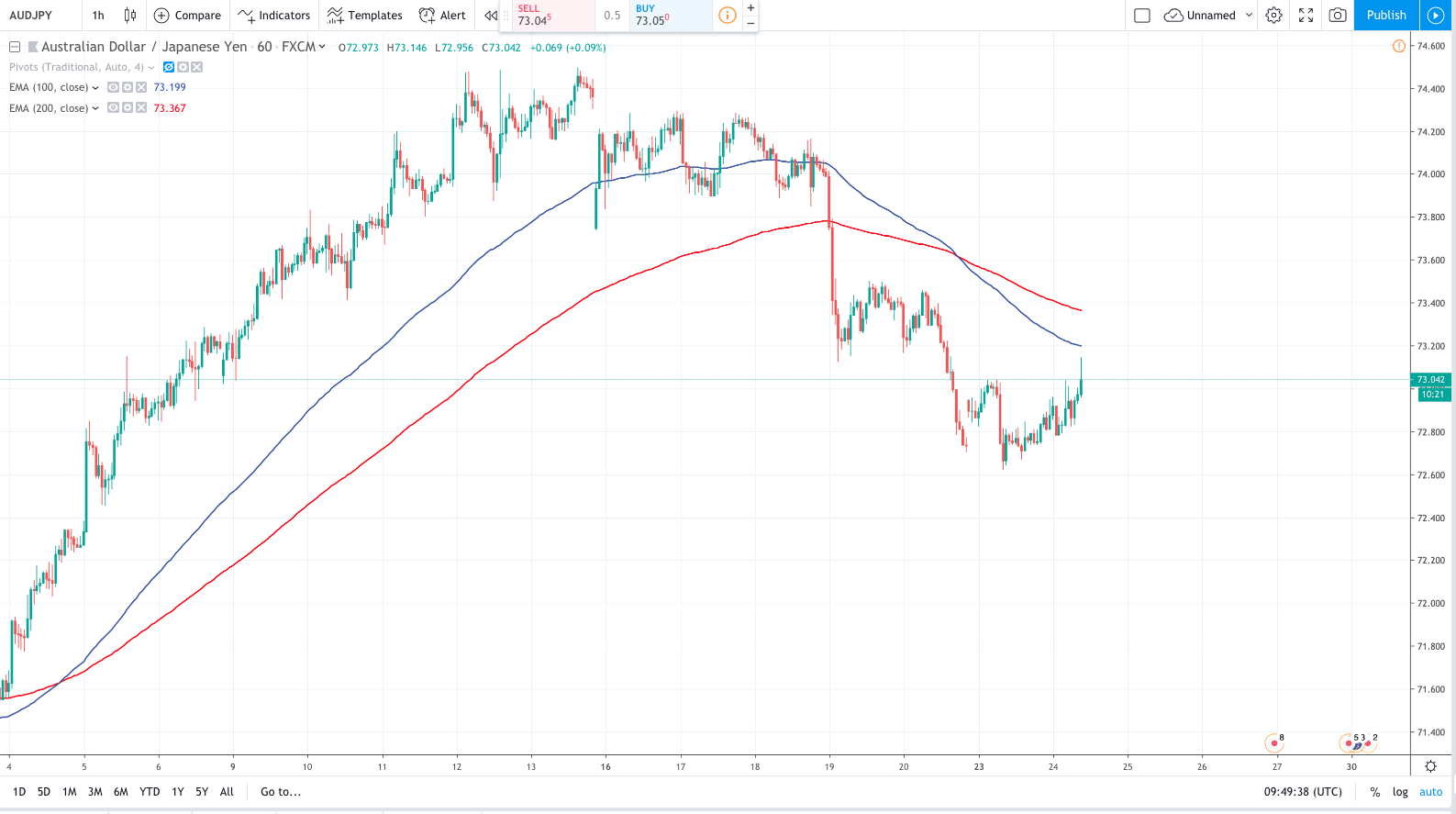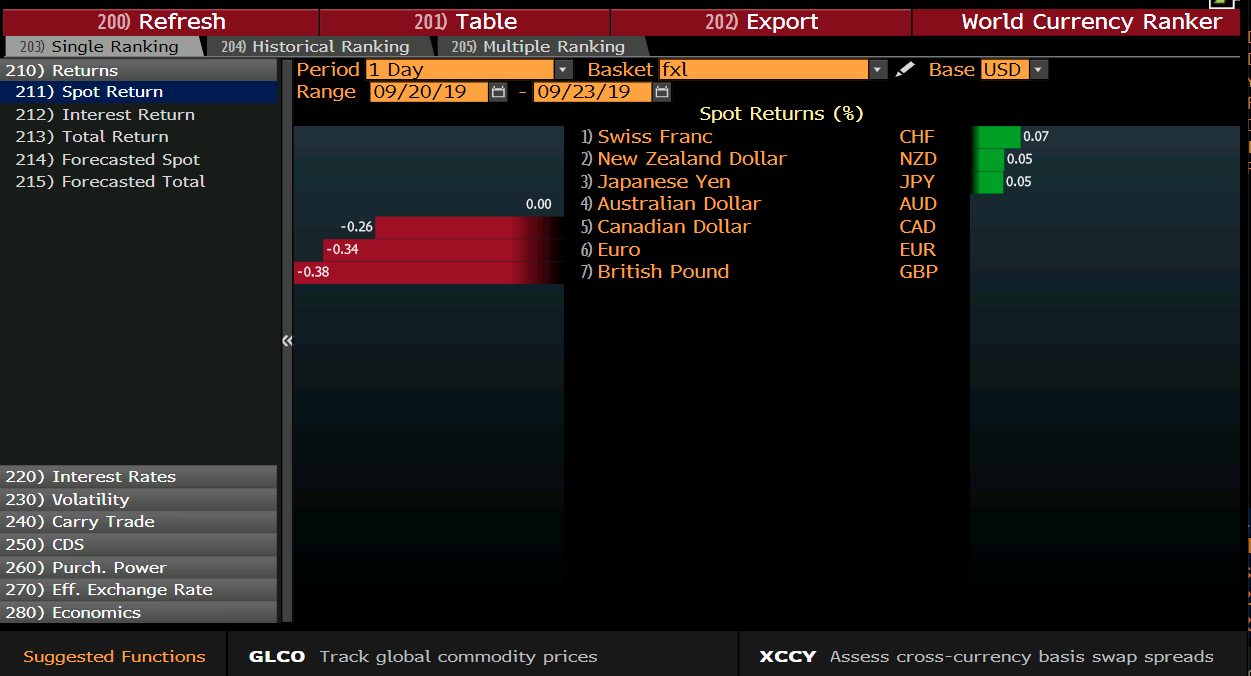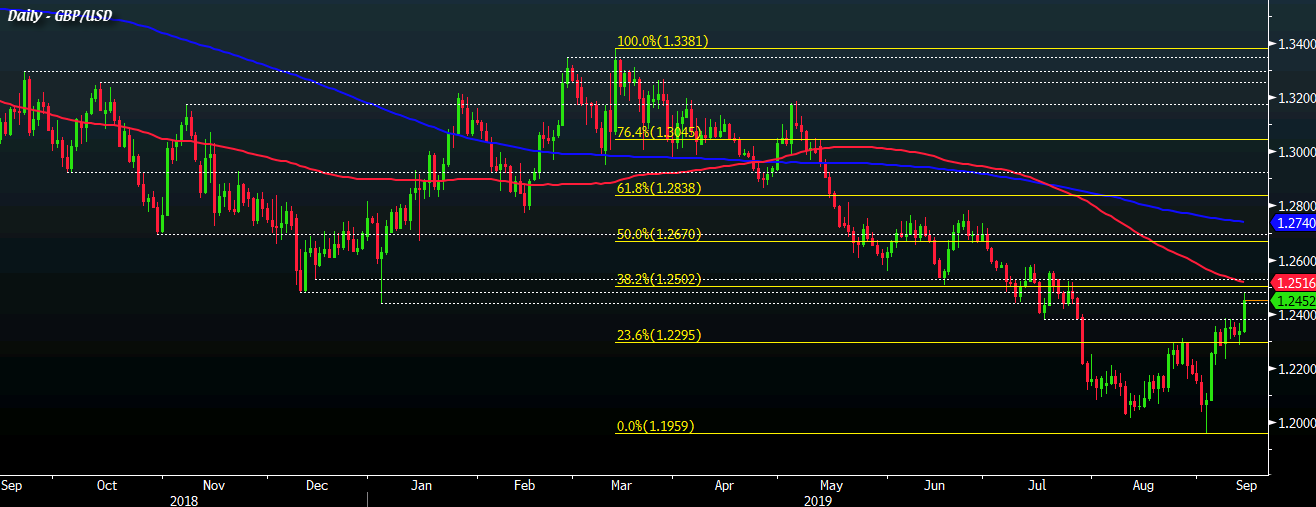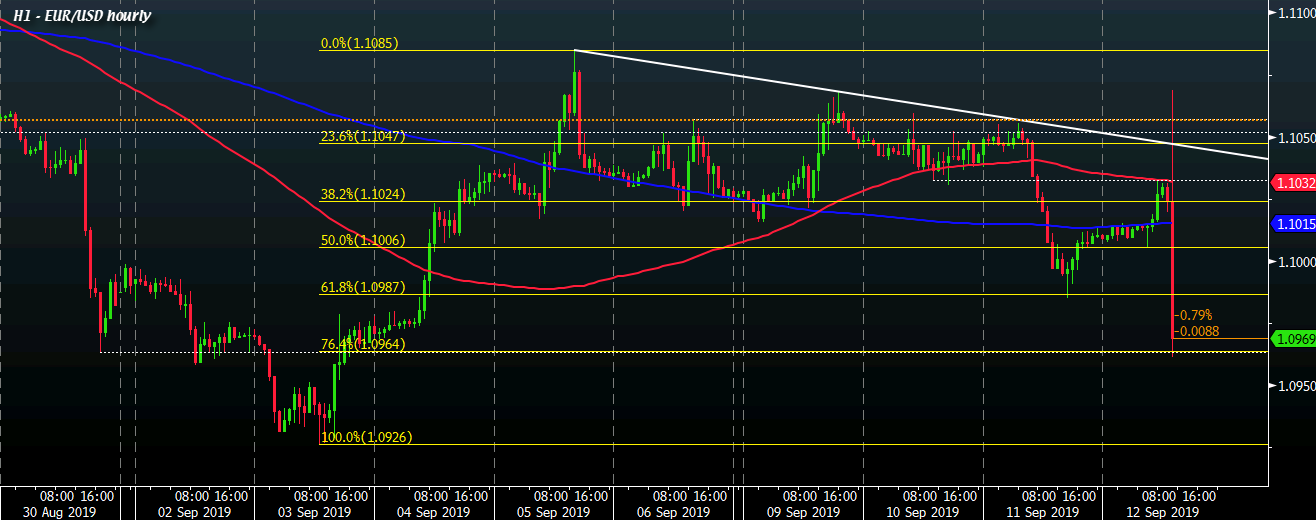GBP

Ok, let’s summarise where we are with the GBP
We are negative GBP going into today on the basis that PM Johnson is going for his ‘do or doe’ Brexit approach. Will he prorogue parliament again? Will he ignore the Benn Bill? He’ll try, probably so GBP neagtive
Saunders dumps the GBP: The BoE may jump in and cut rates even before Brexit negotiations are done. GBP negative this am and we saw a 40+ spike lower on GBPUSD. Next target is 1.2250.
The problem
So, what’s the problem for shorts? Only this – positive Brexit news.Outlier, but possible.
What to do?
Keep a short bias until there is a reason not to. Then, most probably the obvious option will be to go with a long bias
Just remember that Brexit GBP trading is short quick swings, so don’t hold shorts into the weekend and take profits when you have them. Don’t wait for 2.5 million pips (unless we get a surprise deal announcement, of course;-)).





.jpg)

